Experimentation Leads to Creativity: Overcoming Creative Blocks
“All life is an experiment. The more experiments you make the better.”
- Ralph Waldo Emerson
Have you ever found yourself in a creative block? You know, those moments where your brain feels as though it has imploded on itself and you can’t produce anything that feels worthwhile? None of your ideas seem to hit the mark and you feel as though your well of creativity has run dry. These moments can lead to feelings of inadequacy and questioning your own creative abilities…but fear not, these moments happen to all of us.
What are Creative Blocks and Why Do They Happen?
Creative blocks are moments when we can’t access our creativity and have trouble feeling inspired. Creative blocks can happen when we start obsessing too much over perfection. We start overthinking our work and our process. We put too much pressure on ourselves to create, and that pressure starts getting in the way of our creativity. When this happens, we need a hard reset in order to get out of our heads. We need to make a safe space for us to create without fear of failure. We need to start experimenting.
Why Experimentation?
Experimentation helps us figure out what still works for us and what doesn’t anymore. It helps us gather inspiration from new sources, refine our ideas, have the courage to try something new without being married to the outcome, and see things from a fresh perspective. It changes our mindset so that we are more willing to take risks with our work because we put less pressure on ourselves to perform.
How to Use Experimentation
Here are four ways you can utilize experimentation to help jumpstart your creativity:
Step Outside
Sometimes, when our creativity needs a hard reset, what it means is stepping away from the work for a while and doing something else. Getting fresh air and going for a walk is a great way to gather inspiration from outside sources. Doing something physical also gives us a kick of dopamine, which can boost our motivation and creativity.
Explore Other Styles of Art
Maybe you have always had a love for surrealism, or abstract art, but it’s not a style you’ve ever worked with before. Try experimenting with a new style. Be inspired by the things you’re interested in but have never tried. Looking at your work through a new lens can help recharge your brain and get you moving again.
Learn a New Medium
Do you mostly work in digital or acrylics? Try learning a new medium. Not only does learning a new medium help you see your work through a new lens, but learning rewires the brain. It re-circuits and re-structures as we take in new information. Neuroscientists call this “neuroplasticity”. As we learn new things, we activate different part of our brains. All of this brain activity causes new connections to be formed. As you make new connections, you can also start connecting different ideas and concepts to create new creative solutions.
Note It Down
When we’re in a creative block, it can be challenging to visualize any kind of work. Sometimes, instead of trying to visualize ideas, it can help to just put traditional pen to paper and write out your ideas. There is less pressure to “perform” in this “low-fidelity” type of work environment. It’s just pen and paper, so you focus less on the outcome and more on the process of generation. Once you start writing out your ideas, it can help you generate more ideas and get your creative juices flowing. You can also record these ideas for later. When you revisit this list of ideas, it can help trigger other ideas.
Getting Out of My Own Creative Block
Lately, I’ve been experimenting with my illustration style to get out of a creative block. I forced myself to gather inspiration from new sources, opened my mind to new ways of working, and re-developed my process. It can be scary to step into the unknown and outside of my comfort bubble, but I also get a sense of replenishment after trying and learning something new.
What do you think of these explorations? I personally love the experiments with more color and playing around with different color palettes.
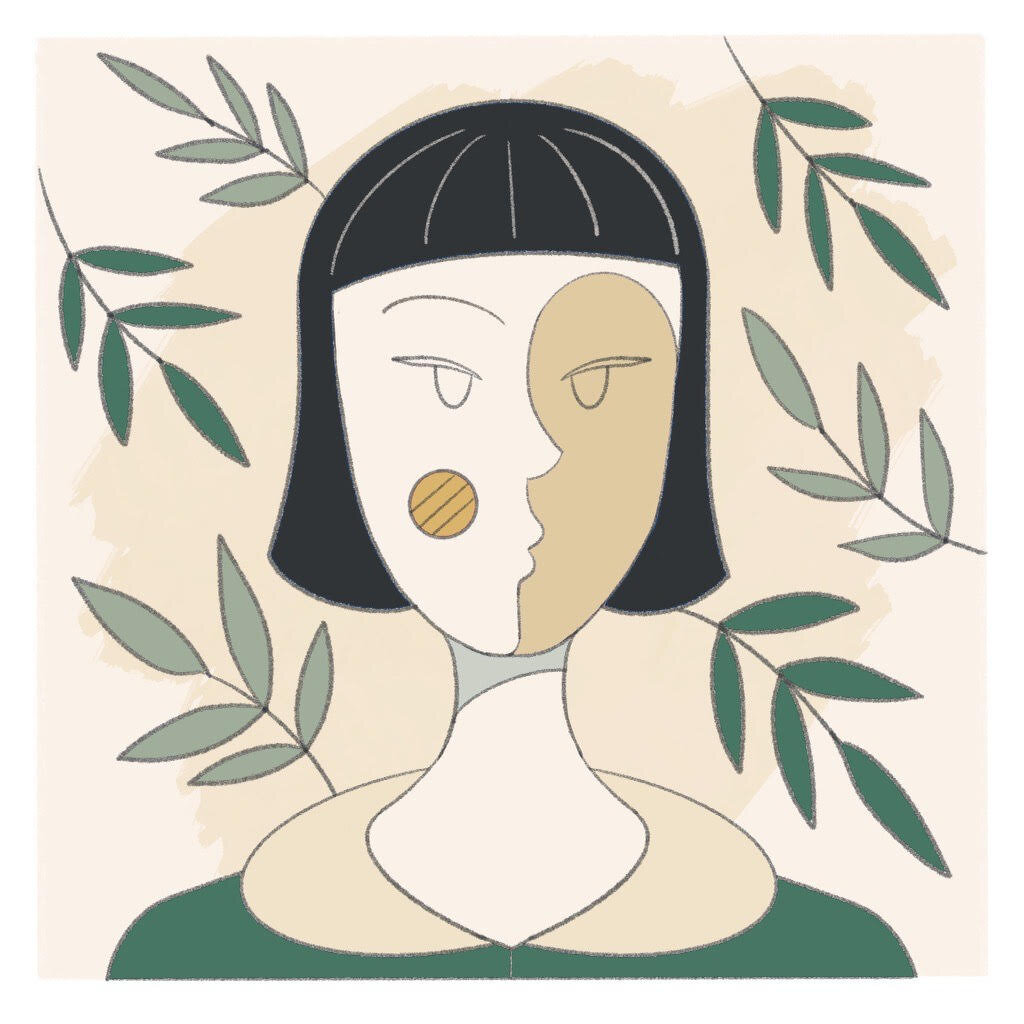
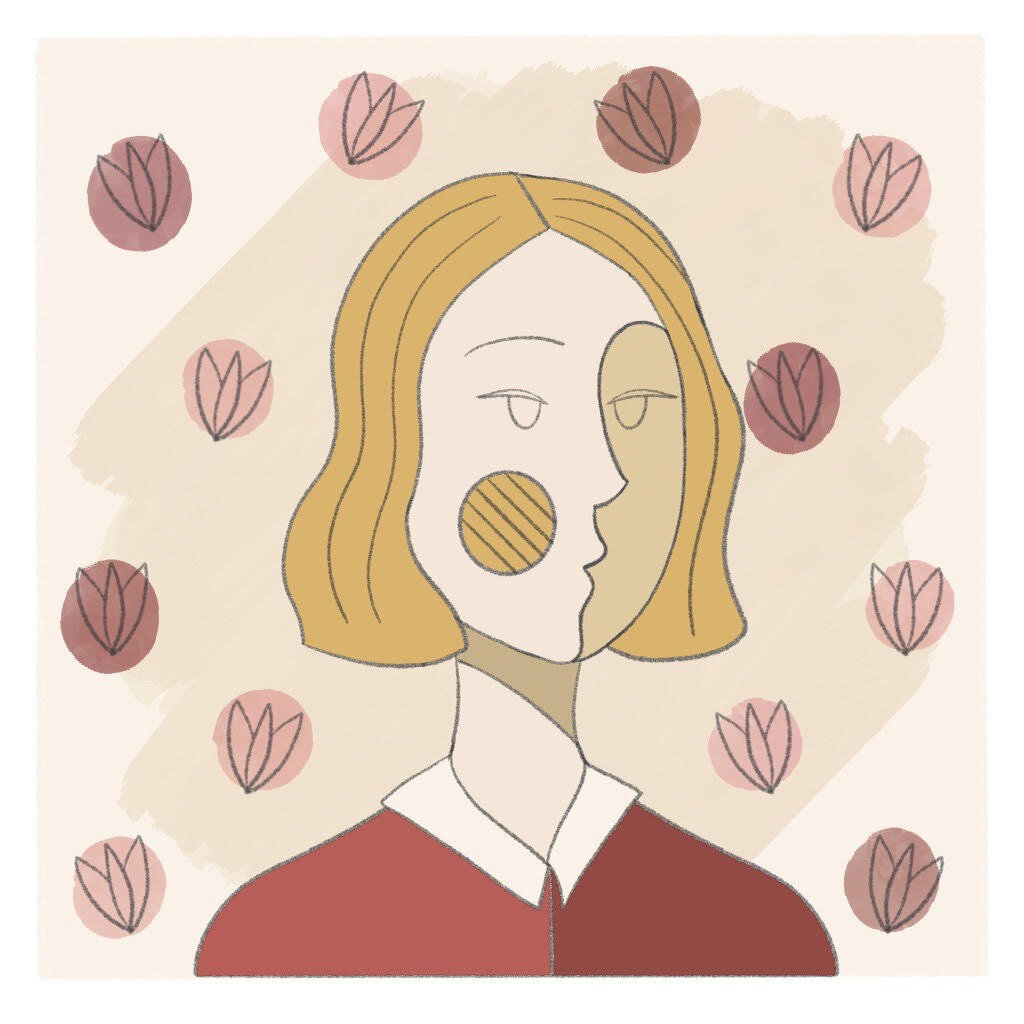
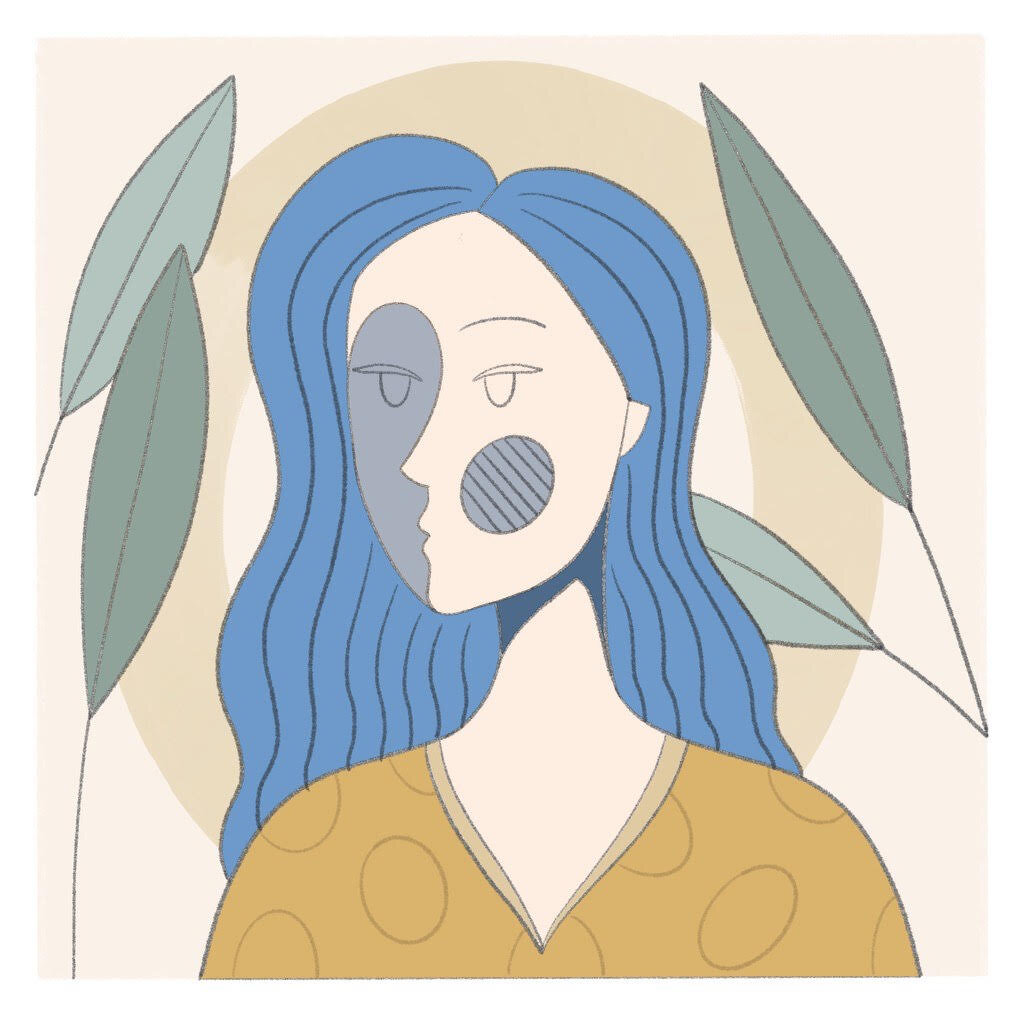
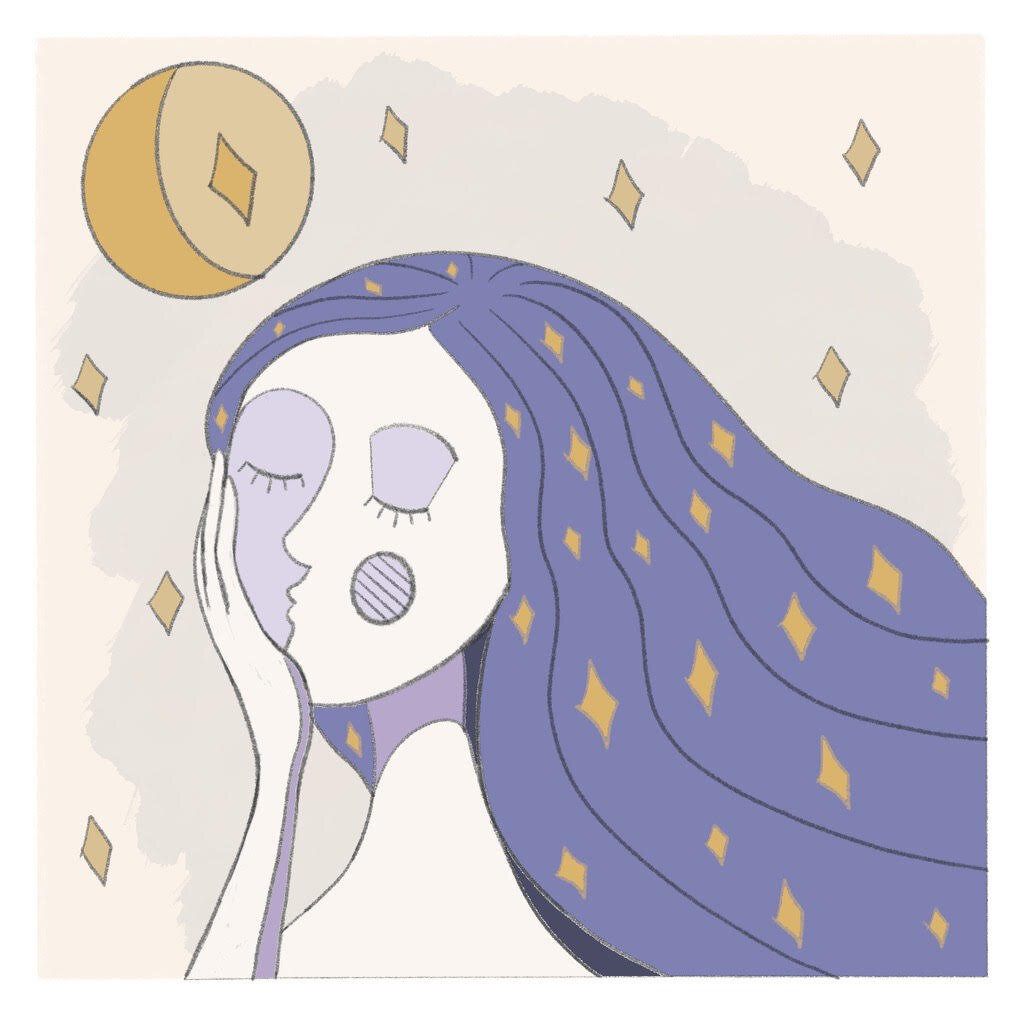
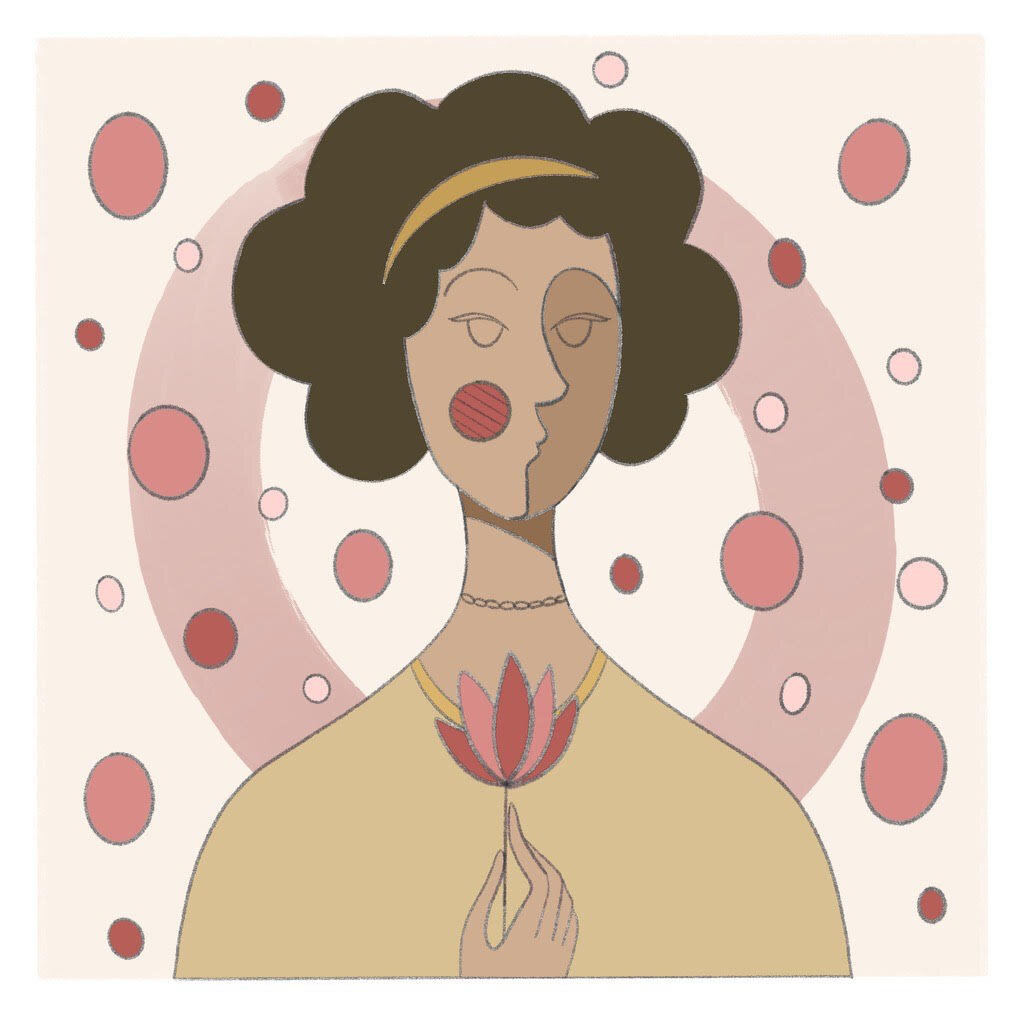
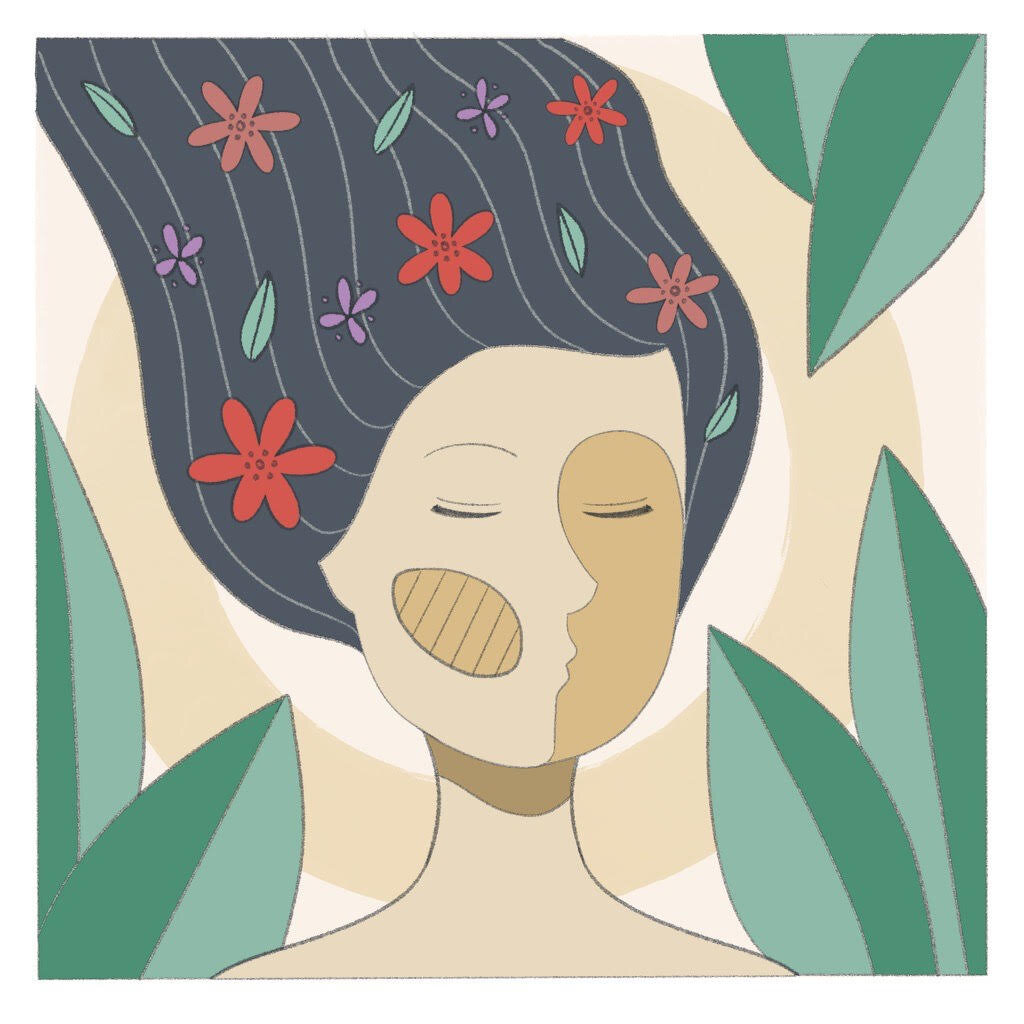
“Girls in Color” series, by Sarah Va Xiong
Saying “Yes” to Ideas
When you’re experiencing creative blocks, it can be helpful to remember that creativity is just one’s ability to say yes to possibilities, no matter how big or small. As you practice saying yes to your ideas (both the far-fetched ones and the mundane ones), you start having more courage to test out these ideas. You worry less about the outcome and focus more on the process and where it will lead you. Eventually, this can lead you out of that creative block, too.
What do you do to get out of a creative block?
Do you find that experimentation helps your creativity?

